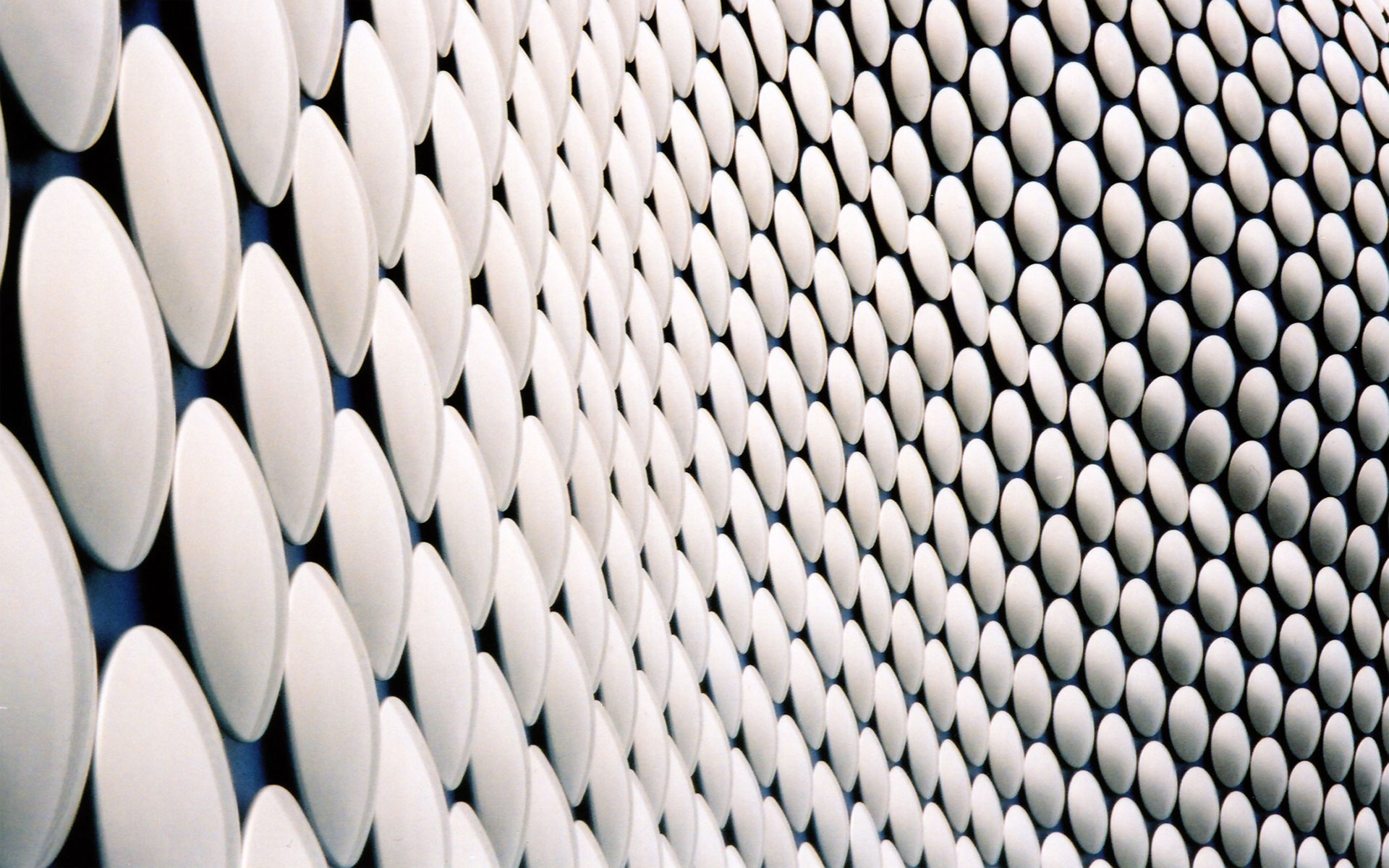
This work formed the research component of a course on Manufacturing Processes
Prosthetic implants as replacements for missing, damaged or diseased limbs have become increasingly popular over the years. These implants need to be light, strong and corrosion-resistant. Additionally, there can be no variability in the dimensions of the implant given the sensitive nature of its application. While many metals have such properties, direct use of metal implants is unadvisable as they are "alien" to the body. An osseointegrated implant is one in which the implant is firmly anchored in place by the growth of bone around it without any fibrous tissue formation at the interface. Most osseointegrated implants are metal implants coated with a substance that eases osseointegration. In this work, we consider the case of a titanium-based implant coated with powdered hydroxyapatite.
Titanium has the highest strength-to-weight ratio of any metal. Additionally, titanium is highly resistant to corrosion. These properties make it an ideal choice for light, strong and long-lasting prosthetic implants. Hydroxyapatite Apatite (HA) is one of the primary components of human bones, accounting for up to 50% of the total bone mass. Bone mineral, the inorganic part of the bone, is essentially carbonated hydroxyapatite. Coating implants with hydroxyapatite has been shown to ease osseointegration of implants.
Pre-placed laser cladding is the coating of a substrate (in this case Ti-6Al-4V) with a powdered substance (in this case HA) "pre-placed" on its surface. The actual bond between the substrate and the powder is formed in the presence of heat generated by a moving laser. Laser cladding is easy to automate, involves a high cooling rate (resulting in an extremely fine microstructure) and can be precisely controlled to achieve the desired tolerances. Additionally, since there are no mechanical processes involved, the substrate is not deformed and is free of cracks and porosity.
The two main parameters in laser cladding that must be optimized are the interfacial bond strength and the size of the heat affected zone (HAZ). While bond strength can be controlled by the thickness of the HA layer, thicker layers require more heat to effectively melt the powder, resulting in larger HAZs. It, hence, becomes necessary to determine the optimal thickness of the HA layer under the given conditions - laser power, speed, average size of the HA particles, etc. We employed finite element methods in the computer-aided package Abaqus to model the temperature distributions in both the substrate and the powder during the entire cladding process. Using this model, we predicted the optimal thickness of the HA layer as a function of the parameters of the laser.


Temperature distributions in both substances have been colour-coded for ease of viewing. Deep blue represents the ambient temperature, with temperatures gradually increasing from light blue to green, to yellow and finally to bright red. Integrating these temperature variations over time we estimated the final size of the HAZ.
As is expected, the size of the HAZ is highly sensitive to power and speed of the laser. These two quantities go hand-in-hand, with one quantity fixing the value of the other to ensure proper melting. We assumed a 120W laser and chose an appropriate speed to sufficiently melt the HA powder without causing thermal distortions in the material. Using this power-speed combination, we then determined the optimal thickness of HA in terms of the interfacial bond strength.
Most lasers operating on the fundamental transverse mode (TEM00) emit beams that well approximate a Gaussian profile. We assume a Gaussian intensity distribution for the laser beam in our model, wherein the intensity $I(x', y')$ of the laser beam varies according to the following relation -
Under this assumption, the incremental increase in temperature ($dT'$) at a point $(X, Y, Z)$ in a substrate of density $\rho$ and heat capacity $C$ at a time instant $t$ is given by -